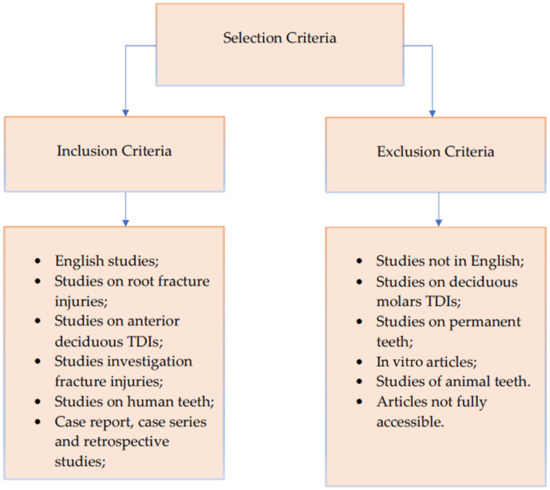Dental Traumatology and Sport Dentistry
A topical collection in Dentistry Journal (ISSN 2304-6767).
Viewed by 7528Editor
Interests: sports medicine; pediatric dentistry; dental trauma; prosthodontic; orthodontics and forensic dentistry
Special Issues, Collections and Topics in MDPI journals
Topical Collection Information
Dear Colleague,
Within the wide field of dental research, oral and dental traumatology remain insufficiently and inorganically explored, even in relationships with sports activities. This issue affects at least 30% of the young and adult world population in its various aspects and causes many medical and social organization problems.
Particular attention should be paid to primary and secondary prevention, with particular attention to the adolescent and young adult age groups and, moreover, to the finalization and development of clear and organic therapeutic protocols that can mitigate the serious functional and aesthetic consequences that can be caused by a delay or an incomplete therapeutic approach.
For this Second Volume of the Special Issue, we wish to collect the best current contributions in this broad field of study, with particular focus on the treatment of lesions of the pulp and supporting tissues (avulsions and dislocations) and in the choice and adoption of effective protection systems (mouthguards ) to mitigate the consequences of such serious injuries at any age and condition of use (sport type). With these contributions, this Special Issue intends to update the state of research in the field of post-trauma rehabilitation therapies both from a periodontal and prosthetic implant point of view. Finally, it will address the influence of the oral bacterial flora in athletes in response to the aforementioned traumatic events.
Prof. Dr. Enrico Spinas
Collection Editor
Manuscript Submission Information
Manuscripts should be submitted online at www.mdpi.com by registering and logging in to this website. Once you are registered, click here to go to the submission form. Manuscripts can be submitted until the deadline. All submissions that pass pre-check are peer-reviewed. Accepted papers will be published continuously in the journal (as soon as accepted) and will be listed together on the collection website. Research articles, review articles as well as short communications are invited. For planned papers, a title and short abstract (about 100 words) can be sent to the Editorial Office for announcement on this website.
Submitted manuscripts should not have been published previously, nor be under consideration for publication elsewhere (except conference proceedings papers). All manuscripts are thoroughly refereed through a single-blind peer-review process. A guide for authors and other relevant information for submission of manuscripts is available on the Instructions for Authors page. Dentistry Journal is an international peer-reviewed open access monthly journal published by MDPI.
Please visit the Instructions for Authors page before submitting a manuscript. The Article Processing Charge (APC) for publication in this open access journal is 2000 CHF (Swiss Francs). Submitted papers should be well formatted and use good English. Authors may use MDPI's English editing service prior to publication or during author revisions.
Keywords
- dental trauma
- mouth guard
- pulp injuries
- luxation injuries
- orthodontic splint







